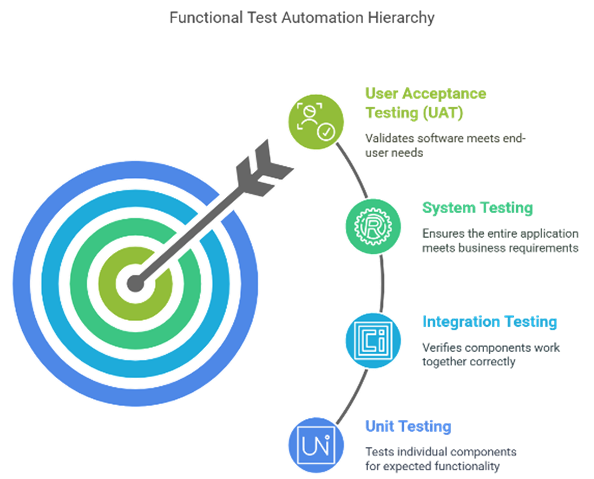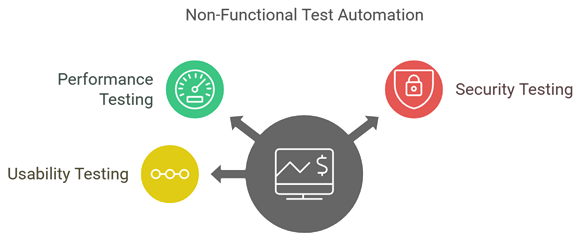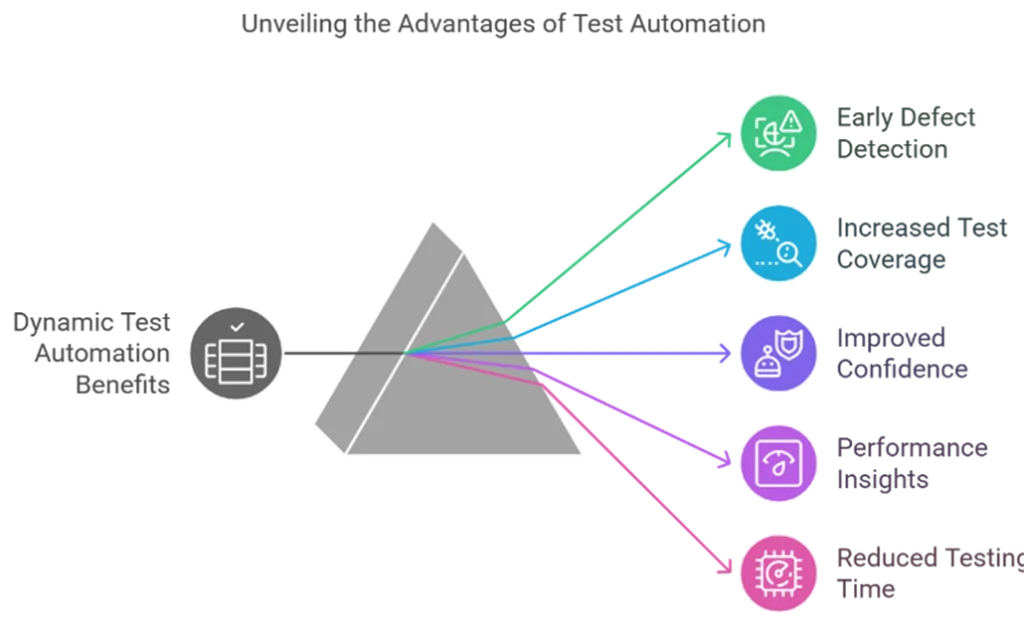In today’s fast-paced software development landscape, ensuring application quality while maintaining rapid release cycles presents a significant challenge. Dynamic test automation has emerged as a powerful solution to this problem, enabling teams to validate software behavior efficiently and effectively. At ideyaLabs, we understand the critical importance of implementing robust dynamic test automation strategies to deliver high-quality software products.
What is Dynamic Test Automation?
Dynamic test automation combines dynamic testing principles with automation capabilities to evaluate software by executing code and analyzing its behavior during runtime. Unlike static testing, which examines code without execution, dynamic testing validates how software performs when running, making it essential for comprehensive quality assurance.
Dynamic test automation involves creating automated test scripts that:
- Execute the application code
- Provide inputs based on test scenarios
- Observe and verify outputs against expected results
- Report discrepancies as potential defects
This approach ensures that software functions correctly, performs optimally, and remains stable across various conditions and environments.
Types of Dynamic Test Automation

Functional Test Automation
Functional test automation focuses on validating that the software meets specified requirements. It encompasses several testing levels:
Unit Testing: Automates the validation of individual components or units of code to ensure they function independently as expected.
Integration Testing: Automates tests that verify different components work together correctly, ensuring proper data flow between integrated modules.
System Testing: Automates end-to-end testing of the entire application to validate that it meets business requirements.
User Acceptance Testing (UAT): Automates tests that simulate real user scenarios to confirm the software satisfies end-user needs.
Non-Functional Test Automation

Non-functional test automation evaluates aspects beyond basic functionality:
Performance Testing: Automates tests that measure application speed, responsiveness, and stability under various conditions.
Security Testing: Automates the identification of vulnerabilities and threats in the system.
Usability Testing: While often manual, certain aspects can be automated to evaluate how easily users can interact with the application.
Challenges in Dynamic Test Automation
Handling Dynamic Data
One of the most significant challenges in dynamic test automation is managing data that changes between test executions. This includes:
- User-generated data (usernames with timestamps, session IDs)
- Database-driven data (order IDs, profile information)
- API responses that vary with each call
- Third-party dependencies generating unique values
- Environment-specific data variations
- Auto-generated values like UUIDs or OTPs
These dynamic elements can lead to flaky tests, maintenance overhead, and synchronization issues if not properly managed.
Dynamic UI Elements
Modern web applications often contain elements with dynamically generated attributes or locations. Traditional automation approaches using static selectors frequently break when these elements change.
Best Practices for Dynamic Test Automation
1. Implement Robust Data Management Strategies
Variable Storage and Reuse: Store dynamic data as variables that can be referenced throughout the test execution.
python
# Example of storing dynamic data
order_id = get_order_id_from_response()
store_variable(“current_order_id”, order_id)
Data Generation: Use templates or regex patterns to generate unique test data for each execution.
python
# Generate random phone number
phone_number = generate_from_template(“###-###-####”)
Data Extraction: Extract dynamic values from UI elements or responses for use in subsequent steps.
python
# Extract confirmation code from message
confirmation_code = extract_value_by_pattern(“Your code is: (\d{6})”)
2. Adopt AI-Powered Element Location
Modern test automation tools leverage AI to identify UI elements based on their visual appearance or relative position rather than relying solely on static attributes.
python
# AI-based element location
click_element(“Add to Cart”) # Finds button by text regardless of ID changes
3. Implement Intelligent Synchronization
Replace fixed delays with explicit waits that poll for specific conditions:
python
# Wait for element to be visible
wait_until_visible(“Success Message”)
This approach makes tests more reliable when dealing with asynchronous operations and variable load times.
4. Utilize Self-Healing Test Automation
Implement self-healing capabilities that automatically adapt to UI changes:
- Maintain multiple identification methods for each element
- Automatically update selectors when changes are detected
- Use AI to identify the most likely element match when exact matches fail
Benefits of Dynamic Test Automation

Implementing dynamic test automation offers numerous advantages:
- Early Defect Detection: Identifies issues early in the development cycle.
- Increased Test Coverage: Enables testing more scenarios than manual approaches.
- Improved Confidence: Provides assurance that the system works correctly under various conditions.
- Performance Insights: Helps identify performance bottlenecks and limitations.
- Reduced Testing Time: Accelerates testing cycles through automation.
How ideyaLabs Implements Dynamic Test Automation
At ideyaLabs, we leverage our expertise in Conversational AI and quality assurance to implement effective dynamic test automation strategies. Our approach includes:
- Comprehensive assessment of application architecture to identify dynamic elements
- Selection of appropriate tools and frameworks based on project requirements
- Implementation of robust data management strategies
- Development of self-healing test scripts that adapt to changes
- Continuous monitoring and optimization of test execution
By partnering with ideyaLabs, you gain access to our proven methodologies that ensure your applications are thoroughly tested while maintaining rapid development cycles.
Conclusion
Dynamic test automation represents a critical capability for modern software development teams. By effectively managing dynamic data, implementing intelligent synchronization, and leveraging AI-powered tools, organizations can achieve more reliable, efficient, and comprehensive testing.
As software continues to grow in complexity, the ability to automate dynamic testing becomes increasingly valuable. At ideyaLabs, we’re committed to helping our clients implement effective dynamic test automation strategies that improve quality, reduce time-to-market, and enhance overall software reliability.
Ready to transform your testing approach with dynamic test automation? Contact ideyaLabs today to learn how our Conversational AI Solutions can help you achieve your quality assurance goals.